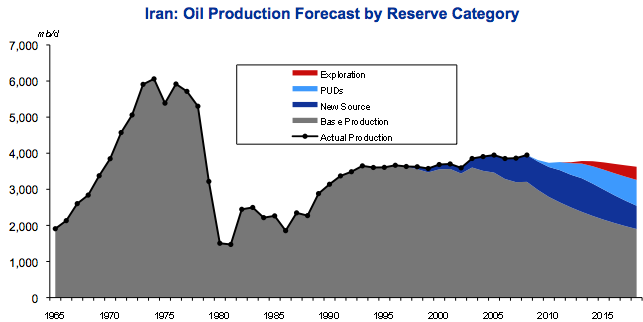
In May, we covered the the risk management complications of the proposed merger between NBC and Comcast. The crux of the piece was to look at the unique difficulties of any media sector merger and we also looked back at the failed AOL/Time Warner marriage as well as the legal liabilities that Google inherited when it bought YouTube for $1.6 billion in 2007.
Now, however, the future of a combined Comcast/NBC look murkier than expected.
On Monday, a House Judiciary Committee hearing into whether or not the deal would be approved took an abrupt turn. The Los Angeles Times show business blog Company Town explains:
C-SPAN didn’t cover Monday’s nearly four-hour House Judiciary Committee “field hearing” on Comcast’s proposed deal to take control of NBC Universal. But if it had, viewers accustomed to the network’s trademark colorless coverage would have been treated to a Hollywood-worthy drama.
After all, who would expect a gathering of staid Washington lawmakers to feature a congresswoman implying that she had been offered a bribe, another member oblivious to media consolidation, one witness likening a corporate giant to a “plantation,” and three attendees arguing about race?
But this hearing had all that, plus plenty of grandstanding from lawmakers and the witnesses, who both faced cheers and groans from the audience.
Reps. Maxine Waters (D-CA), John Conyers (D-MI) and Louie Grohmert (R-TX) all questioned company executives on the diversity — or lack thereof — of their staff and airwaves. None of Comcast’s stations are wholly owned by African Americans and, given the increasing consolidation of media in today’s world, this was viewed by some lawmakers as not just less than adequate in 2010.
The New York Times‘ Media Decoder blog highlighted the issue by quoting one of the hearings witnesses.
“Black executives have never had greenlight power at a major studio or network,” said Suzanne DePasse, the chief executive of DePasse-Jones entertainment, and an established film and television producer who broke into the business with Motown.
“We need greenlight power,” she said.
Those from the corporate side of things disagreed. Comcast carries TV One, for instance, they claim, which while not 100% owned by African Americans is a network aimed at black families. Hip Hop on Demand is another black-targeted channel on the Comcast roster, noted Company Town.
Such analysis provoked a rebuke by TV One Chairman Alfred Liggins, who said the relevant factor is that his network is managed by, and programmed for, African Americans.
Will Griffin, head of Hip Hop on Demand, a video channel, found Washington’s logic even more perplexing. In testimony, he said Washington’s view of “racial purity in public policy almost cost us a chance at American history. Our president is black enough … and so is TV One, and so is Hip Hop on Demand.”
Furthermore, Griffin added that Comcast is “blacker” than much of the other media companies out there.
Will Griffin, the chief executive of the Hip Hop OnDemand, a service that has been closely associated with Comcast, described that large minority base as reason to approve the merger, rather than oppose it. “This is far more direct and immediate market leverage than minorities have over other media companies,” Mr. Griffin said in prepared remarks that were distributed before the session began. During the hearing, Mr. Griffin spoke forcefully in favor of Comcast, as did a handful of others.
In her testimony, NBC’s VP of diversity Paula Madison outlined a post-merger plan to add “two new independent cable two new independent cable services annually for the first next three years, with substantial minority ownership in at least half of them.”
That’s a good start, say some. But it’s now beginning to look like this issue, which has led some minority advocates to call for a boycott against the companies, will present a much larger hurdle to the media marriage than most expected.
“It’s not going to happen without conditions,” said Alex Nogales, the president of the National Hispanic Media Coalition





